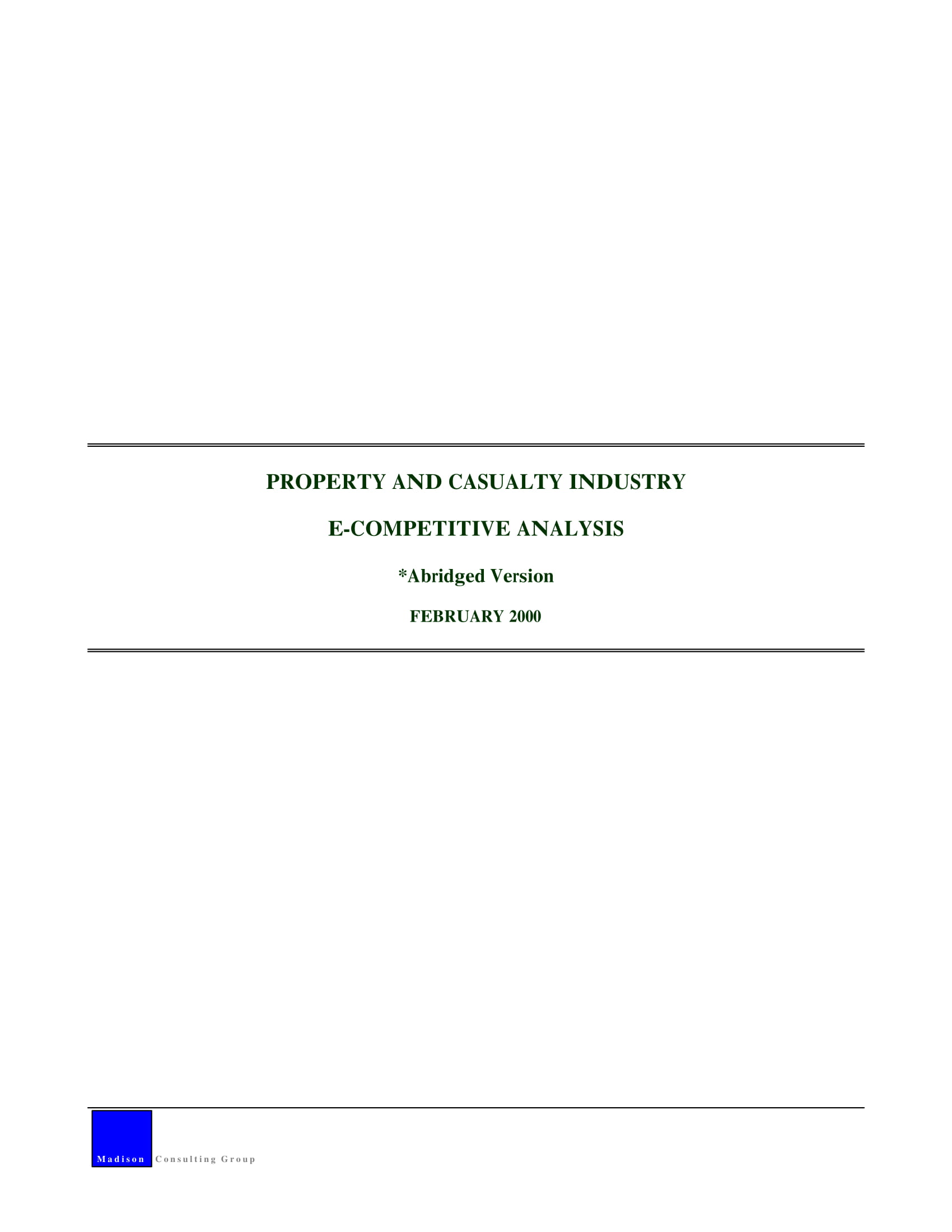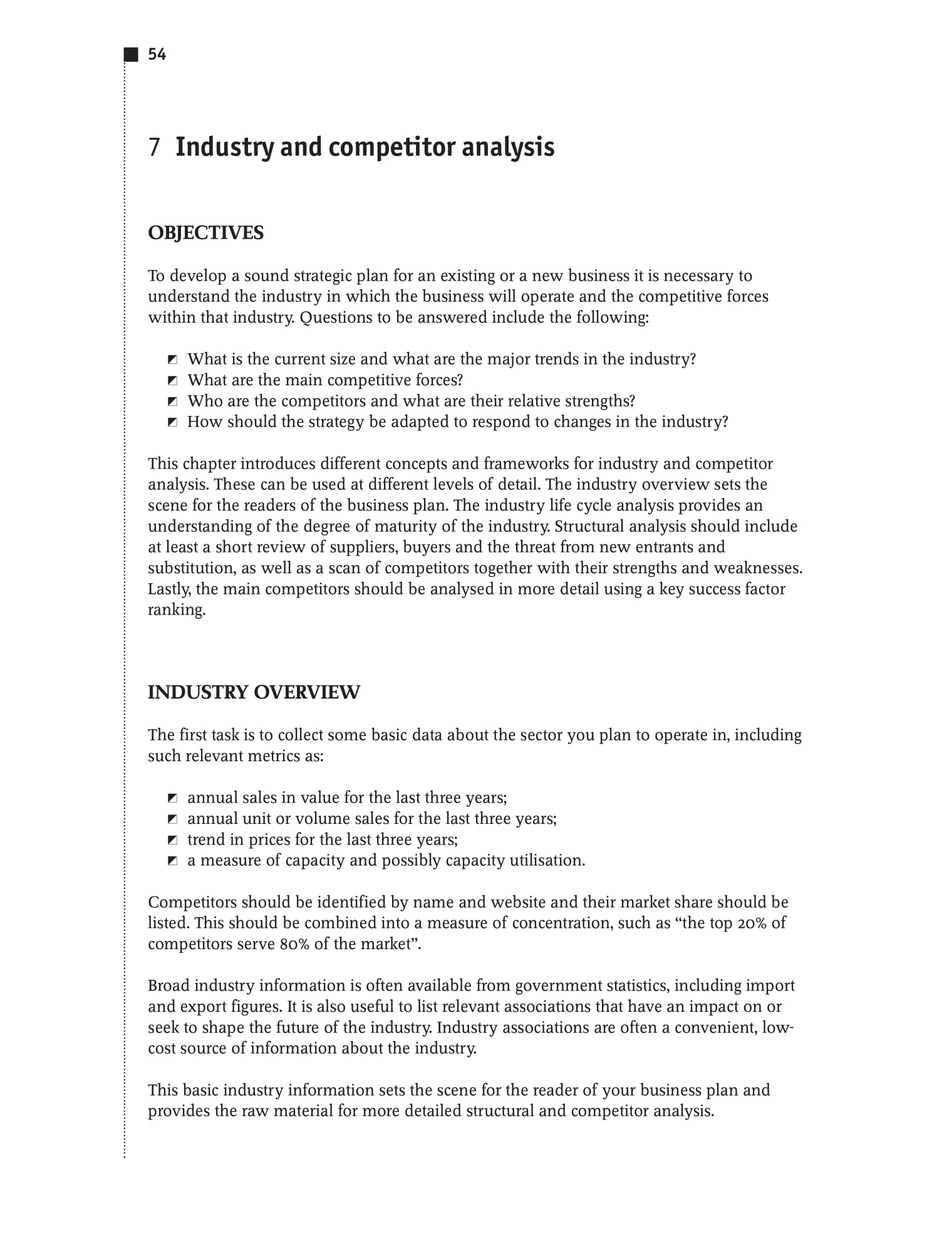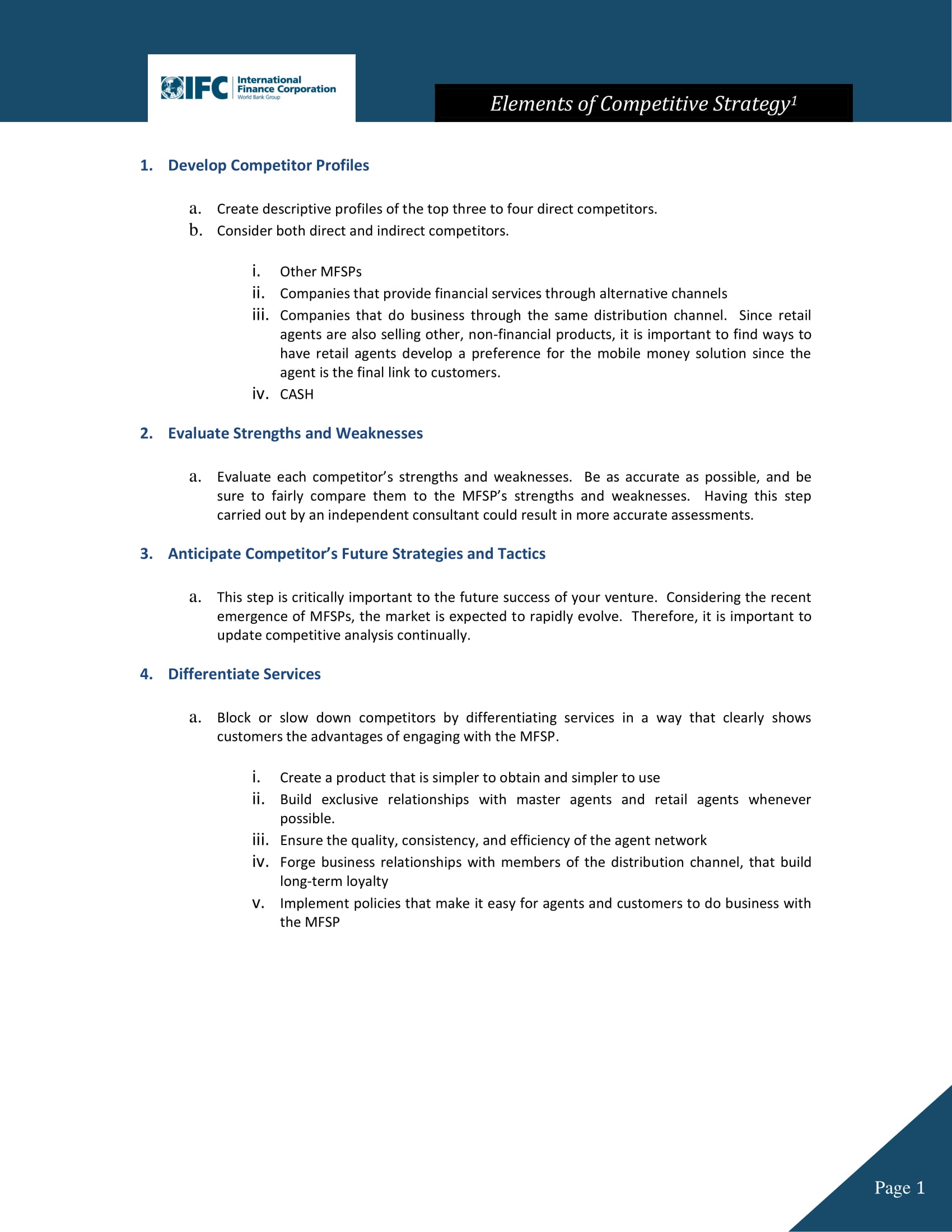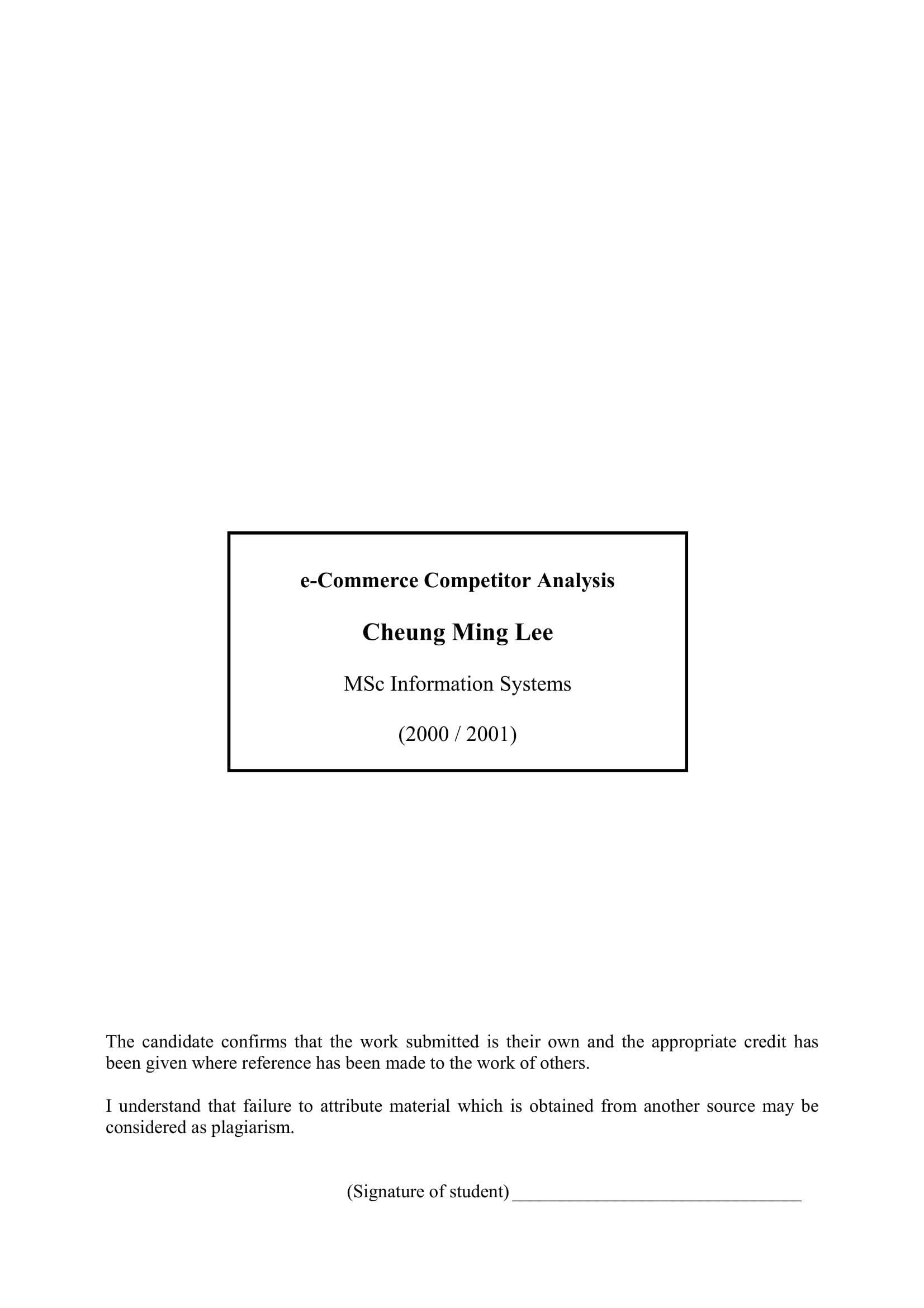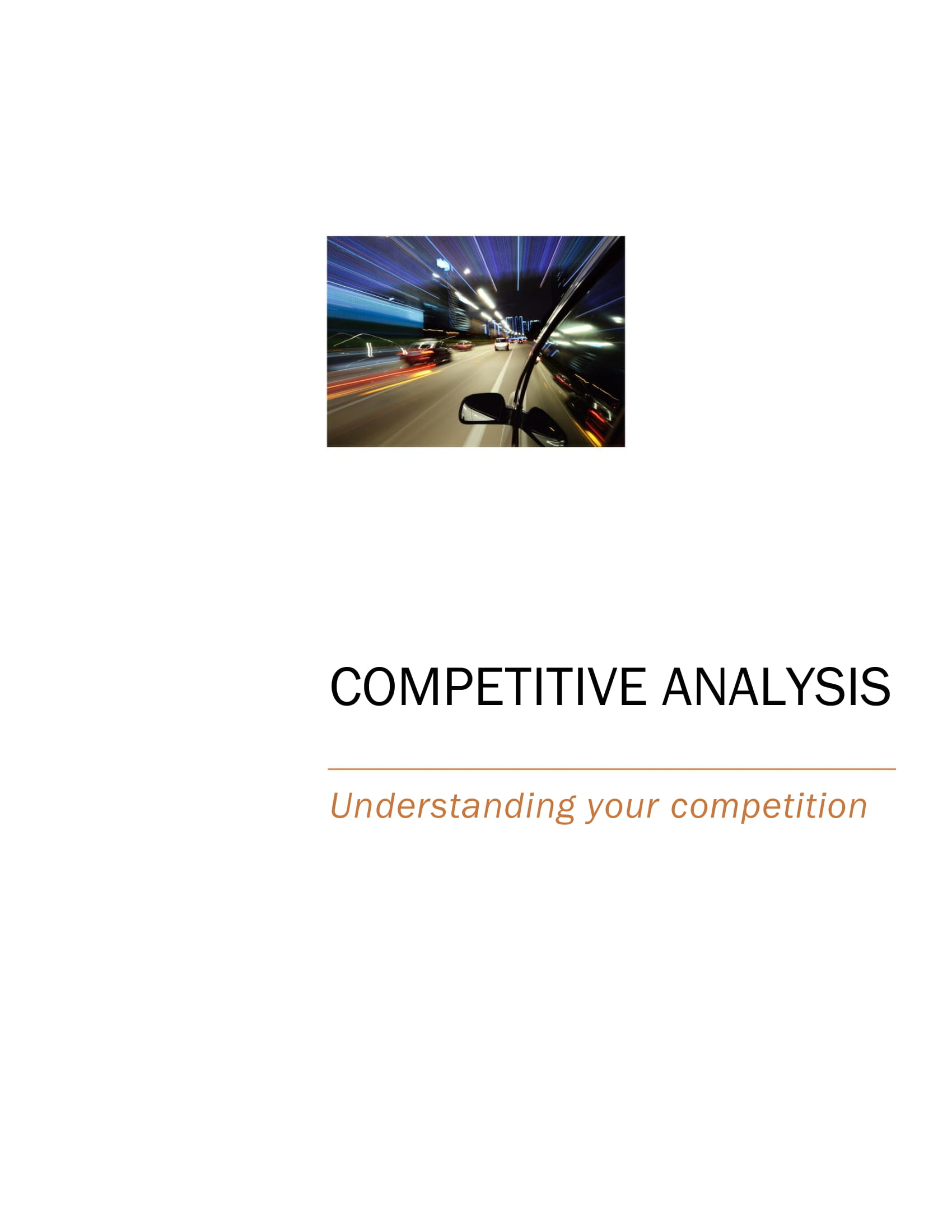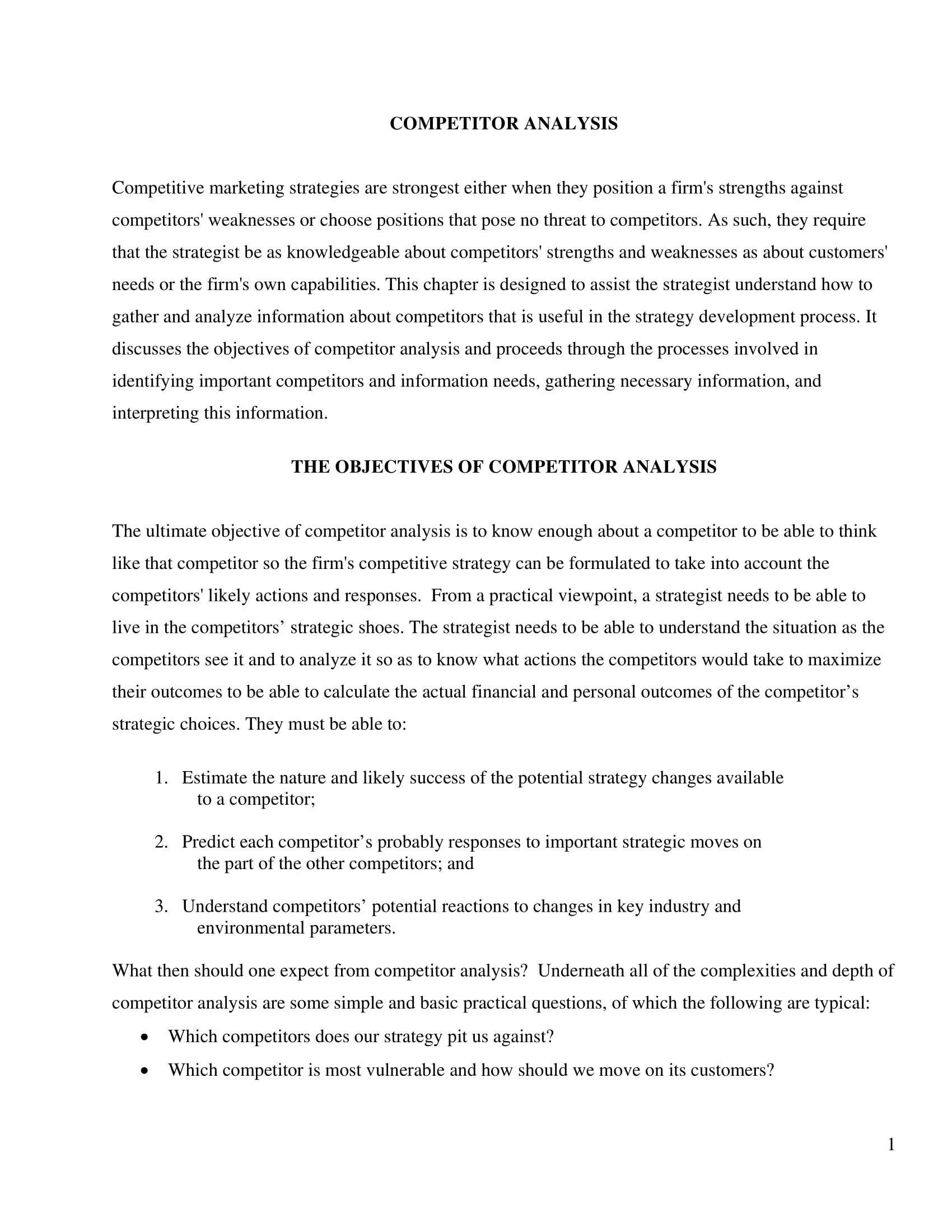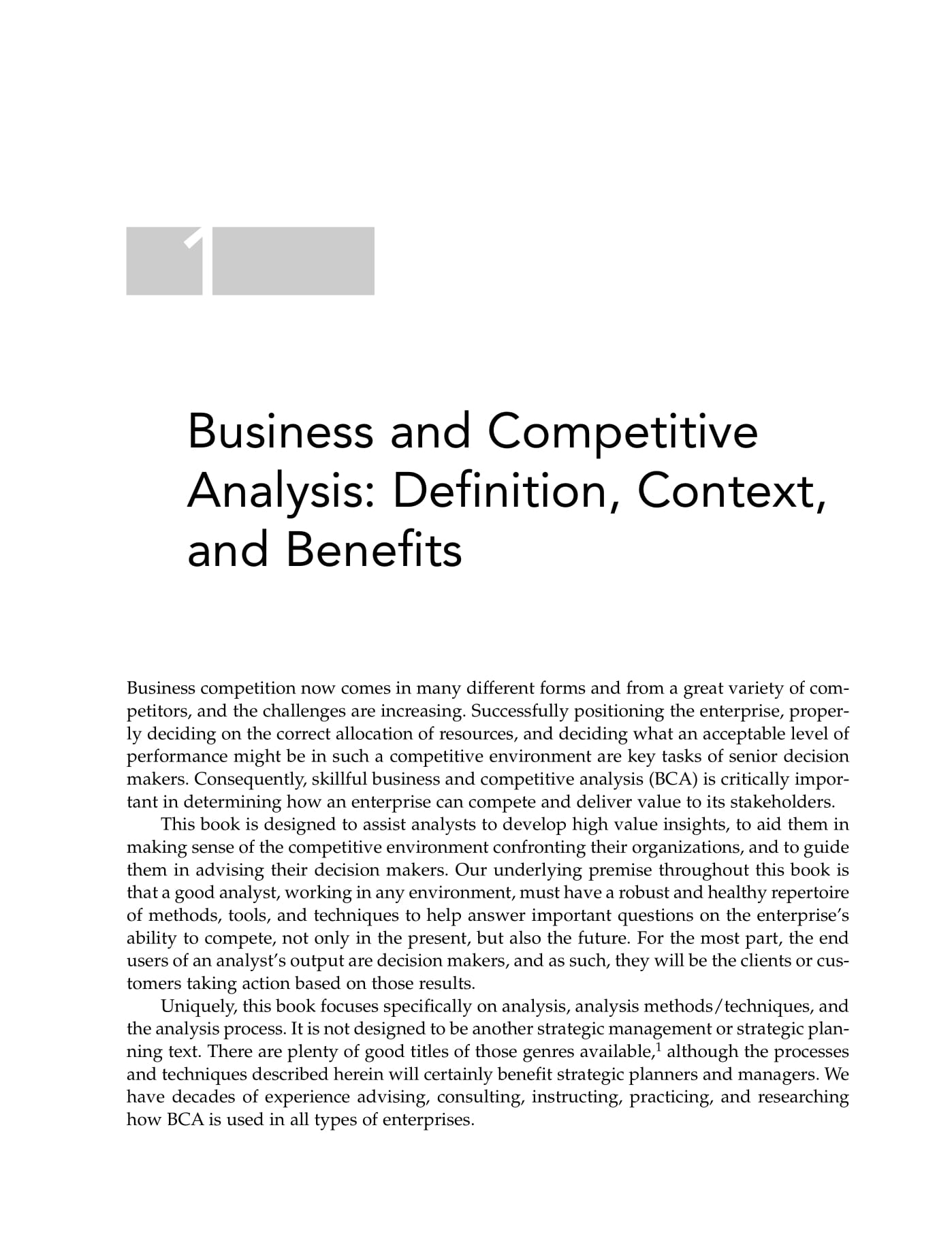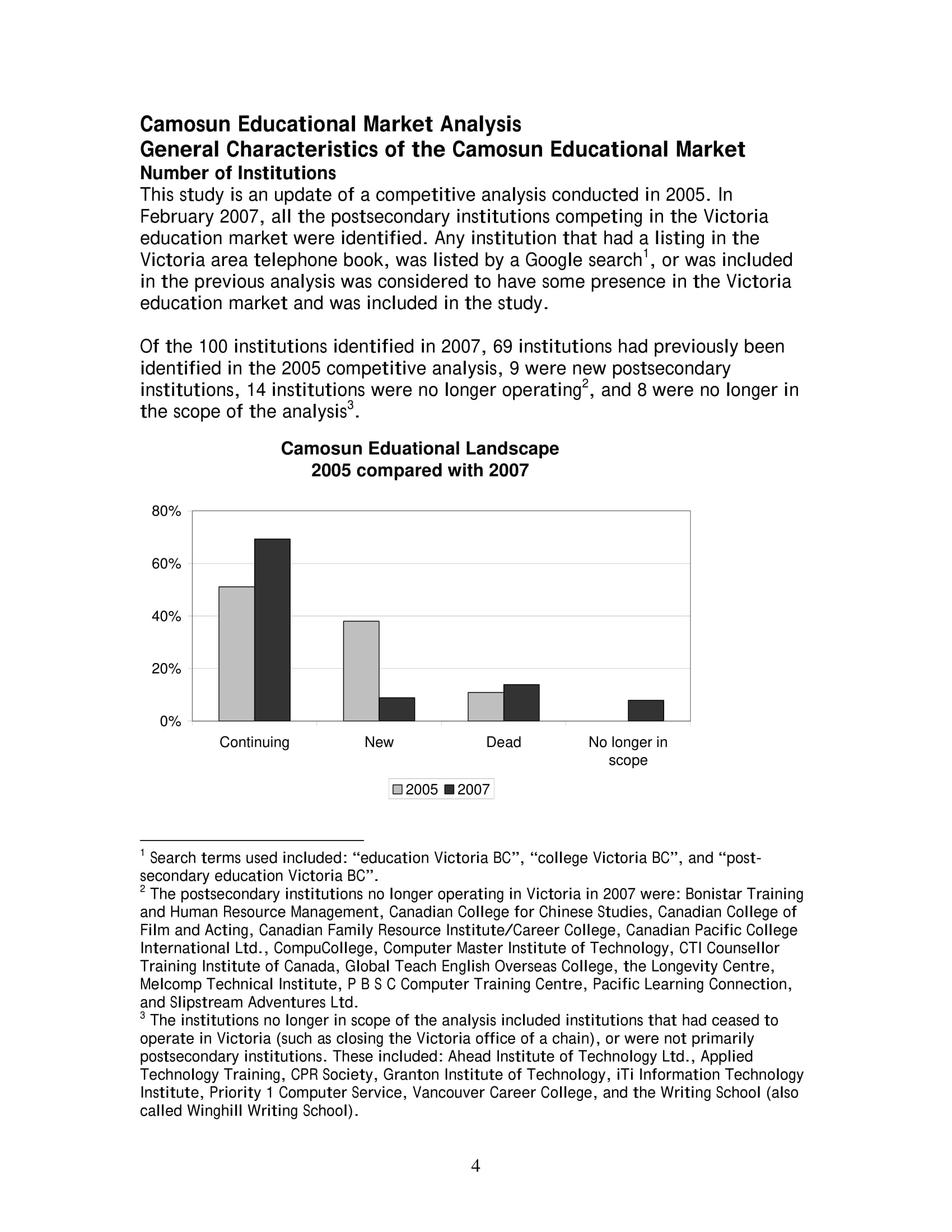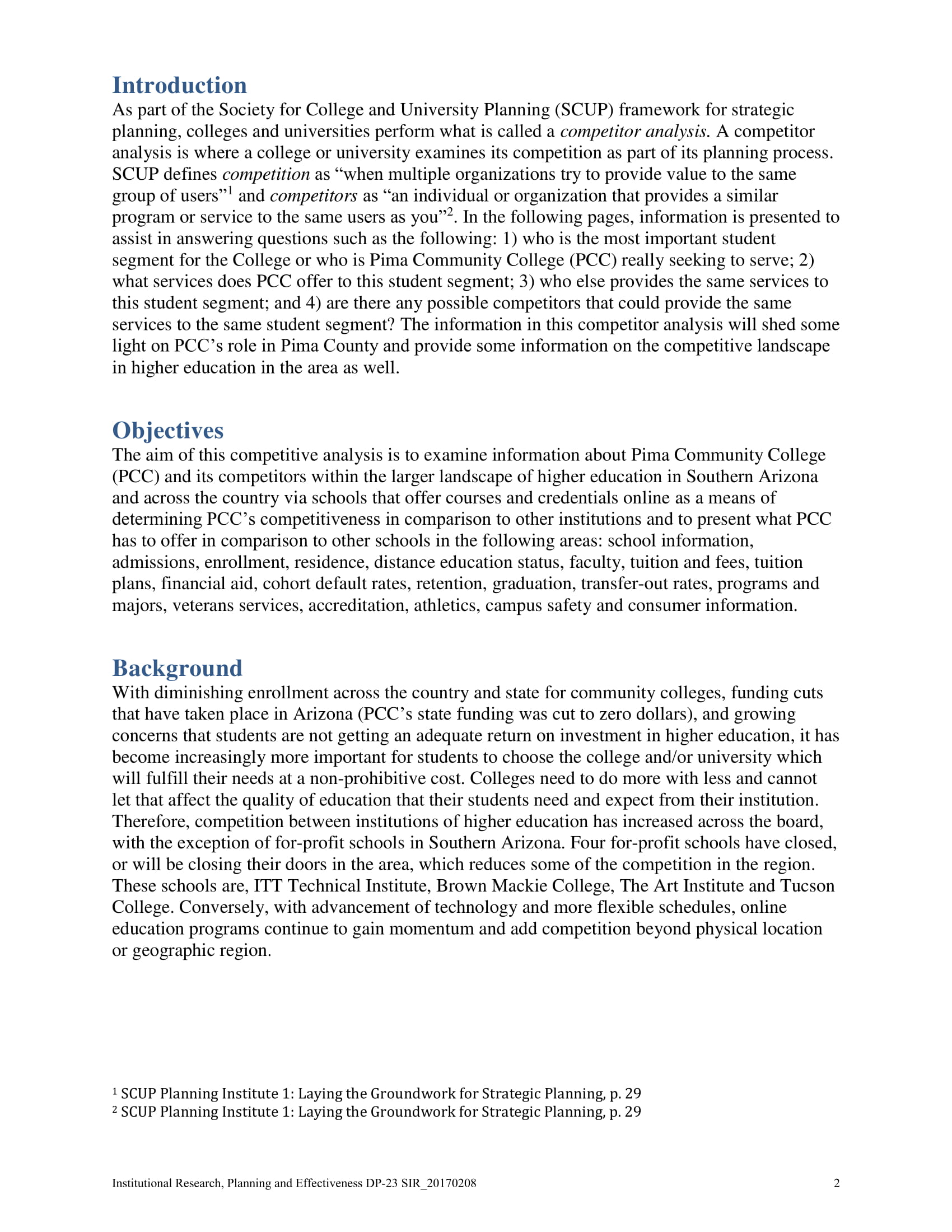18+ Competitive Analysis Examples to Download
It’s a dog-eat-dog world out there and to stay on top, you need to know what the competition is up to. For accurate assessments, companies often turn to a competitive analysis. Employing these business reports ensures that you get updated and specific information on your competitiors, which in turn will help your company develop better strategies. So are you willing to discover more? If so, scroll on to learn more about this and find the best competitive analysis template and competitive analysis example from our extensive list.
Competitive Analysis Example

Sample Competitive Analysis Template

Sample Competitive Market Analysis

Small Business Competitive Analysis Example
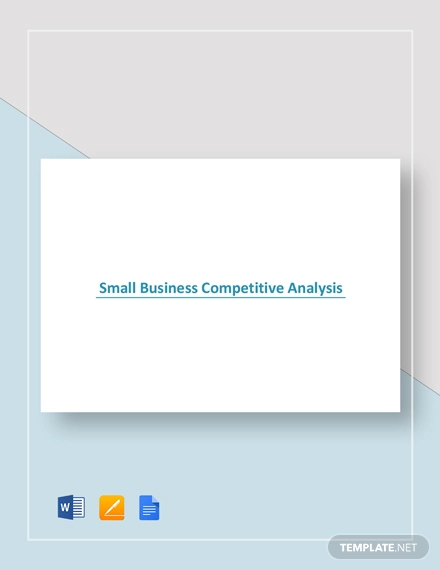
Product Competitive Analysis
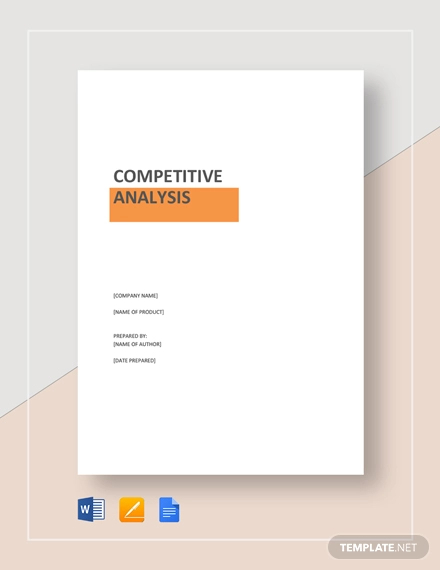
Social Media Competitive Analysis Template
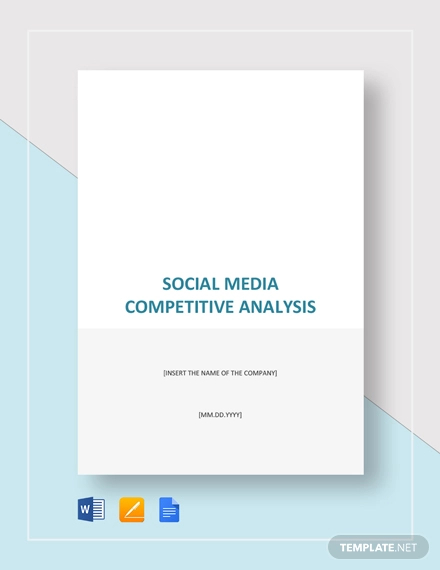
Competitive Analysis Chart
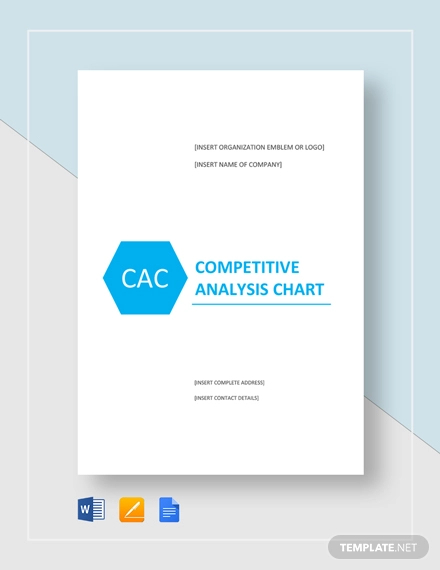
Competitive Analysis Template

Worksheet Competitor Analysis Template
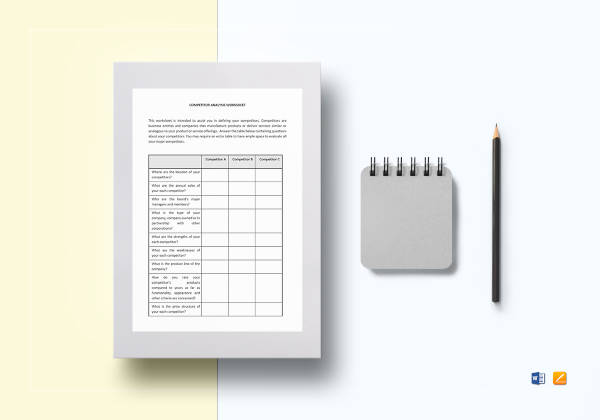
E-Competitive Analysis Example
Industry and Competitor Analysis Example
Competitive Analysis Example
E-Commerce Competitor Analysis Example
Basic Competitive Analysis Example
Competitor Analysis Example
Competitive Analysis Example
Business and Competitive Analysis Example
Example of a Competitive Analysis
Comprehensive Competitor Analysis Example
What Is a Competitive Analysis?
Those in search of a proper competitive analysis definition will have to look into the contexts of both marketing and strategic planning. Those are the two areas where this kind of analysis is most prevalent in, after all. Basically, a competitive analysis can be defined as the assessment of both strengths and weaknesses of a company’s competition. This applies not just to present competitors, but to potential ones as well. The analysis not only provides offensive and defensive outlooks regarding competitors, but it also seeks to identify the many threats and opportunities that lie beneath the surface.
Tips for Writing a Competitive Analysis
Those who wish to learn how to do a competitive analysis need not go far to discover more. A competitive market analysis is not as overly complex as it sounds. All you need to do for an easier and smoother experience is to follow the tips below:
Tip 1: Identify Competitors Early On
To start things off, you need to be aware of who even counts as your competition. Many of them will be direct, but others may serve as indirect competitors. Identify them before you begin analyzing them. If you remain broad about competitors, you will have no way of narrowing things down and your analysis won’t be as effective.
Tip 2: Acquire Information from a Variety of Sources
Remember that the more reliable your sources, the better it will be for you to assess your competition. Your sources may include reports, details from newspapers, your competitors’ price list, conferences, and more. There are businesses out there that even resorts to illegal means to get information, which is never recommended. Do not risk your company’s credibility just to get dirt on your competition.
Tip 3: Be as Organized as Possible
Conducting a competitive analysis in marketing, for instance, requires dealing with a considerable amount of information. There’s no way to be effective with your analysis if all of your data is scattered and disorganized. If you can properly format and present your competitive analysis, then it becomes easier to understand and use. More so, it can help your business to properly separate information that should be given focus from time to time.
Tip 4: Include an Objective Comparison
Having an objective comparison as part of your competitive analysis is important so that you can identify differences and gaps between you and your competition. When developing this part, remember to be realistic about each metric. Carefully take into consideration your brand reach, sales, customer impact, and market share. All of these are crucial information and must be handled in a sensitive manner.
FAQs
What are the benefits of conducting a competitive analysis?
Being aware of your competitor’s activities allows you to make sounder decisions when it comes to developing your own activities. Your pricing strategies will improve, along with product marketing, market distribution, and promotional tactics. You will also minimize mistakes, along with the impact that your competitors’ success will have on your company.
What should you focus on when creating a competitive analysis?
Among the things to focus on includes the systems, platforms, and mediums by which your competitors’ products and services are distributed. Also look into their work organizational structure, their sales, and their numerous strategies.
What are the common inclusions in any competitive analysis?
Like many other documents, there should be key elements present in each competitive analysis. To begin with, you must include a list of all your competitors—both direct and indirect. Then include your goals and objectives, a SWOT analysis of yourself and the competition, and the strategies employed by you and your competition, just to name a few.
Competition often gets heated. Many aren’t afraid to get their hands dirty and neither should you. Gaining an edge over your competitors is often all about having the right knowledge and having enough wisdom to employ it properly. As you now know, a competitive analysis can help you accomplish just that. Now that you’re better aware of what this document does, you’re free to choose regarding how you will apply this new-found knowledge. Decide wisely and act now!



